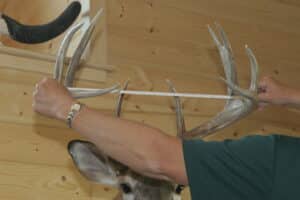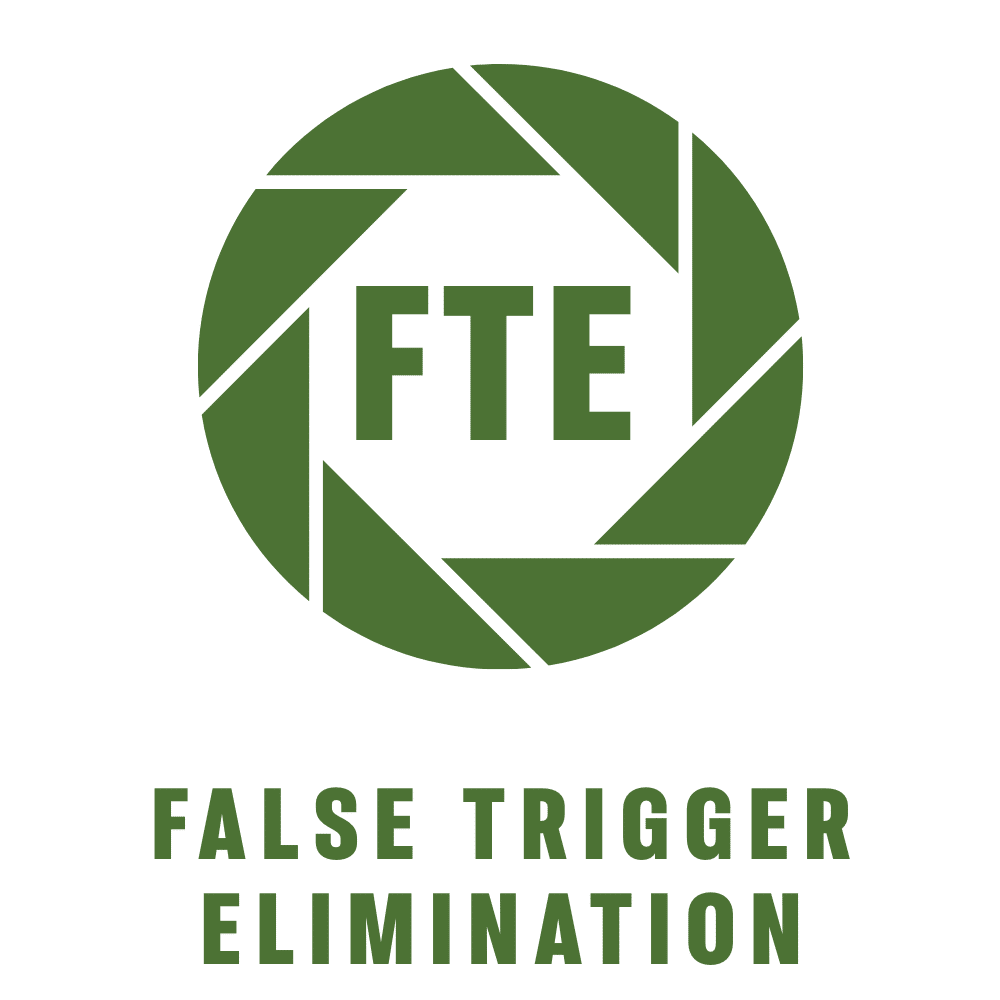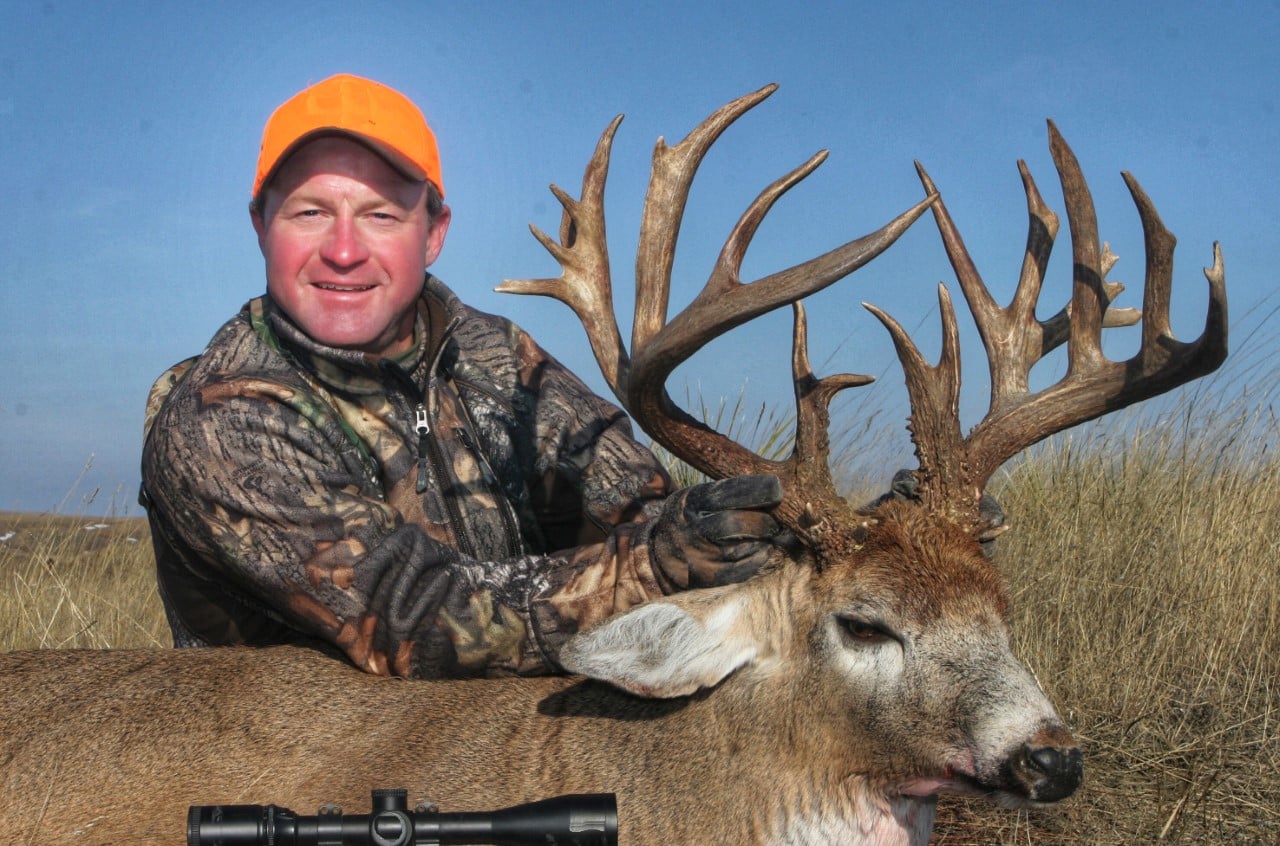Are You Setting Your Antler Goals Too High?
A couple of decades back, I was setting my whitetail goals higher and higher to best my best. Each season I strived to shoot a bigger buck than the previous year. Admittedly, I lived in a good region at the time and traveled to hunt, but looking back, I was not particularly savvy about realistic goals. I could run into a whopper anywhere I hunted in the Midwest and Great Plains regions I tromped, but not every property was whopper worthy. And not every county could produce a quality, mature animal. In some farmland areas the hunting pressure was just too intense for deer to get old and other areas simply did not have the genetics to push a buck into trophy territory.
Experience has taught me to evaluate areas with more scrutiny and my addiction to shed antler hunting boosted the notion I might be setting my sights too high for some hunts. I simply did not find giant sheds while scouring certain country.
Are you setting your goals for unachievable results? There is nothing wrong with having goals and objectives, but do it with purpose that is driven by reality. Here are some ways to ensure you are not setting your goals too high for the coming season.
TROPHY RESEARCH
Before you decide on your trophy aspirations, you need to take an honest look at your current hunting area. Begin with looking back at the bucks you have shot, what your friends have taken and what some of the better hunting properties in the area have produced. If you hunt near home, your work may be done, but for the traveling hunter you will have to take your research to another level.
Do not overlook what others have been taking in a future area. Hunting contacts in the area, social media forums and even big buck social media accounts can splash some light on the trophy quality of an area. Some areas may even hold trophy-buck contests with results posted online from the previous year along with winning scores. Unfortunately, many of those contests are statewide and may not provide specific locations of where a trophy was taken. Uncover what you can and add it to your research paper. Now, move on to officials who keep national records.

Two trophy-scoring organizations can help you with precise trophy determination. Boone and Crockett, and Pope and Young, record many of the whitetail trophies in North America. Both use near identical scoring systems, but P&Y only accepts archery records whereas B&C accepts all legally shot animals and even trophies found dead in the field. Trophies are scored through a combination of measurements including length of points, length of main beams, circumferences and the inside spread. Scoring calculation is based on inches, but recorded as points. B&C minimums for inclusion are higher than those of P&Y. As an example,
B&C accepts typical whitetails of 170 points or higher for their all-time records, and P&Y accepts typical whitetails scoring 125 inches or higher.
You can review scores online and both organizations have different programs to allow access to their records. Search engines allow you to sleuth by animal category, hunter, state ranking, location of kill and specific scoring criteria. Accessing the records is a worthwhile investment to track down accurate information on a future hunting location or a way to confirm outfitter claims if pay to play is in your future.
As you scour pages of data, you should focus on two components: county and date. The county of the recorded kill is an obvious no brainer to give you insight on whether a region can consistently produce quality bucks. A plethora of listings, like you see in Buffalo County Wisconsin, says it all. This is the nation’s top whitetail producing county and the records show it. Just as important, be sure to check dates of kills. This is important because deer populations, management and other factors may significantly alter trophy quality over time.

I grew up in South Dakota and although big whitetails routinely show up in headlines, many of the true giants were shot back in the 1950s and 1960s. That is changing again with more private, focused management, but yes, dates do matter.
Common sense will tell you that if you uncover lots of entries over 140 points for P&Y, you will probably want to set your sights on that goal. If you only find a handful of scores barely hitting either organization’s minimums, you might be better served setting your goals a bit lower and hunt recreationally without a major objective. Your trophy aspirations might even have to wait until another year with a trip to a known trophy area and possibly book with a quality outfitter.
A hunt I pulled off last season is a good example of knowing what is available. The region is known for producing B&C bucks, but not many. Few trophy bucks combined with an epizootic hemorrhagic disease outbreak immediately had me shopping for a mature buck of any size. At sunset on the second to the last night of the hunt, a tall-tined buck bounded over a hill chasing whitetail does.
Speedily, I field-judged him and nestled my Bergara .300 Winchester magnum rifle firmly into my Ultralight Elite backpack for a shooting bag. To stop the buck, I barked like a coyote and when he paused, I sent a Silencer Central suppressed ELD-X bullet into the buck’s vitals. To this day I have not scored the buck, but considering the conditions, he is a true trophy.
FIELD JUDGE LIKE A PRO
Lastly, if you do decide to jump into the trophy ring, you will have to brush up on your field-judging abilities or you may as well continue to shoot garden-variety bucks. Field-judging is the ability to gauge a buck quickly and accurately, either through score or by frame, when you see it in the woods. It takes years of experience, knowledge of antler scoring systems and getting your hands on a lot of racks to field-judge accurately. Even with years of hunting experience, some people just cannot field-judge effectively due to buck fever, hasty calculations and poor optics.
My hunting experience over several decades has helped me acquire fair field-judging skills. I also practice at home and while admiring other trophies. At home, I know the scores of the whitetails on my wall. I look at them on and off all day, so their dimensions burn into my mind. I also suggest you learn and practice the scoring systems most used by B&C and P&Y. You do not need to get certified, but understanding their systems helps you field score with some degree of accuracy.

In the field, I can mentally place a rack of mine up against a buck I am field judging to get a solid idea of the buck’s potential. This puts me within 10 inches. If I need a more detailed score, I resort to speedy glassing with my Sig Sauer ZULU 10-powers and mental math based on my scoring experience from green scoring racks. While visiting sporting goods stores, I field-judge trophies on the wall as well. Many have scoring plaques underneath, so I walk closer and see if I am in the ballpark, or hit a foul ball.
There is nothing wrong with having trophy aspirations and trying to best your best. Just do it with a smart plan to ensure you’re actually hunting an area that can produce the size trophy you are looking for.
About the Author: Mark Kayser is a prolific outdoor writer and hunting television host. Mark spends his falls chasing elk and whitetails from the Rocky Mountains to the Midwest. From solo DIY elk hunts on public land to sitting in a treestand waiting to ambush rutting whitetail bucks, Mark lives and breathes the hunting lifestyle. For more about Mark Kayser and ways to follow him on social media, visit www.markkayser.com.


Featured
Juicy homemade jalapeno cheddar brats are perfect for grilling all summer long. They’re packed with all the right seasonings and fresh ingredients, making them extra tasty.

Featured
MeatEater and Moultrie Mobile join teams to bring hunters closer to nature.

Featured
These wild turkey skewers are tender and smothered in a homemade teriyaki glaze. Wild turkey sometimes gets a bad reputation for being a tough meat but when prepared properly using the steps in this recipe, the results are amazing.



